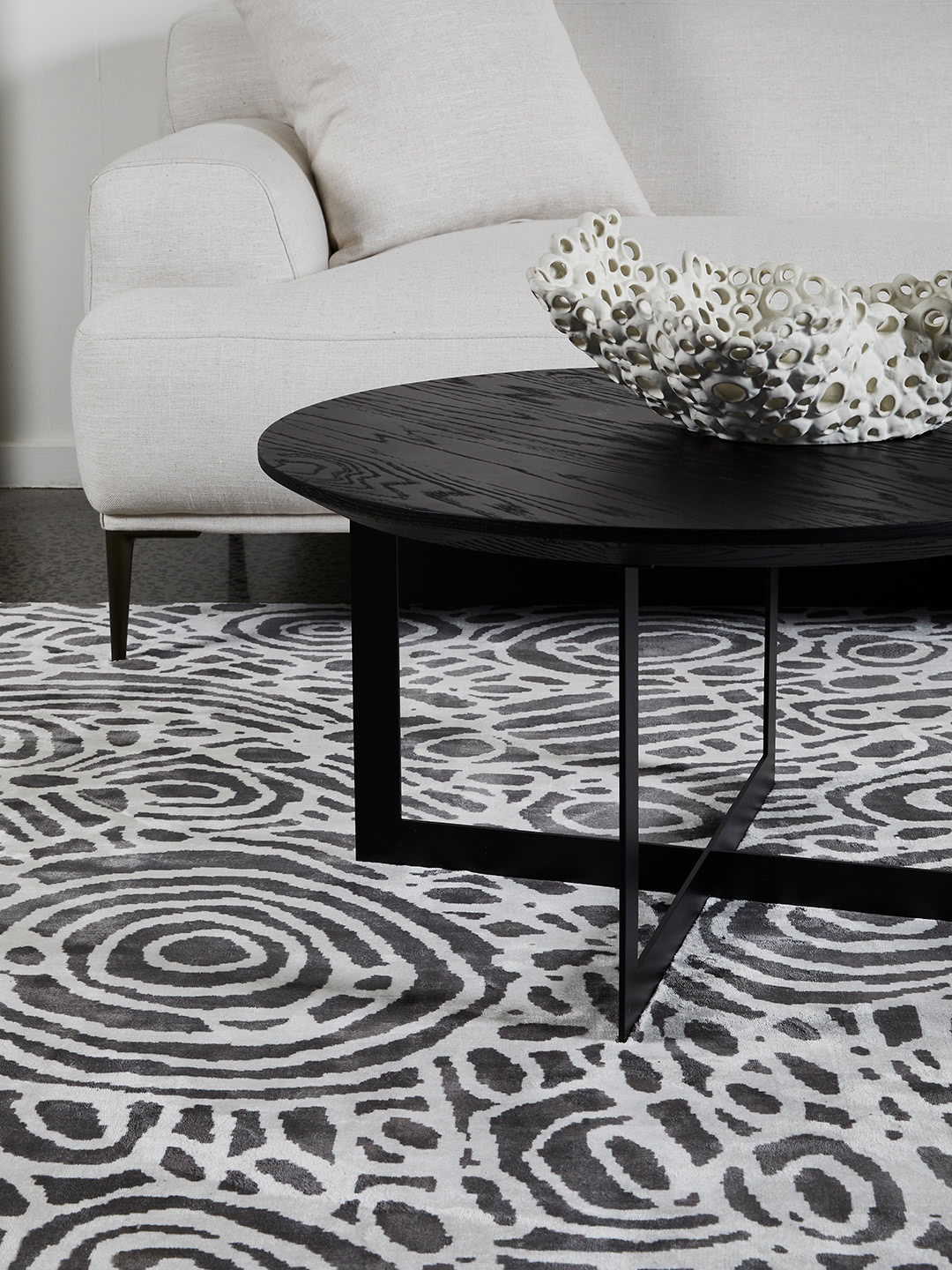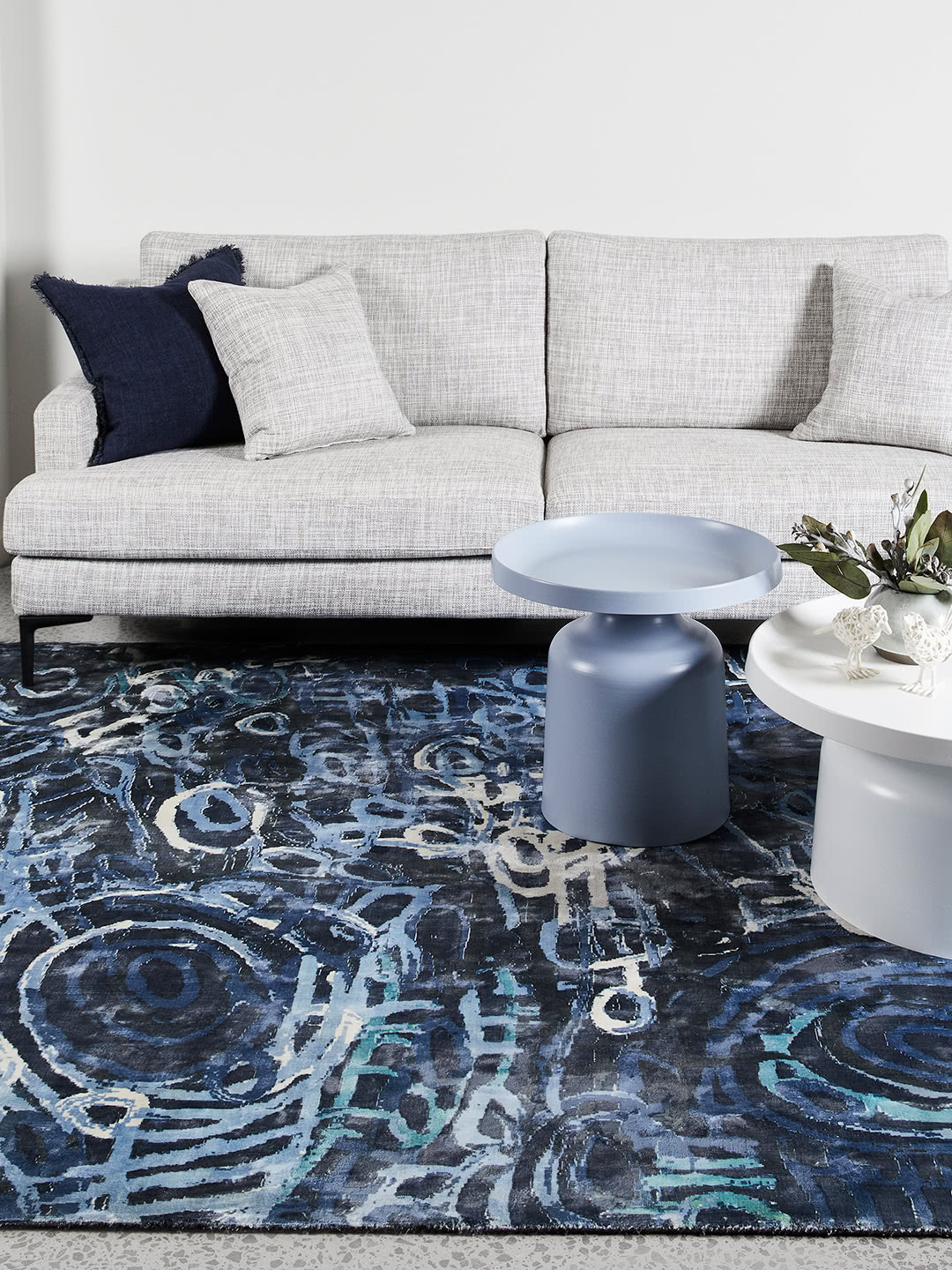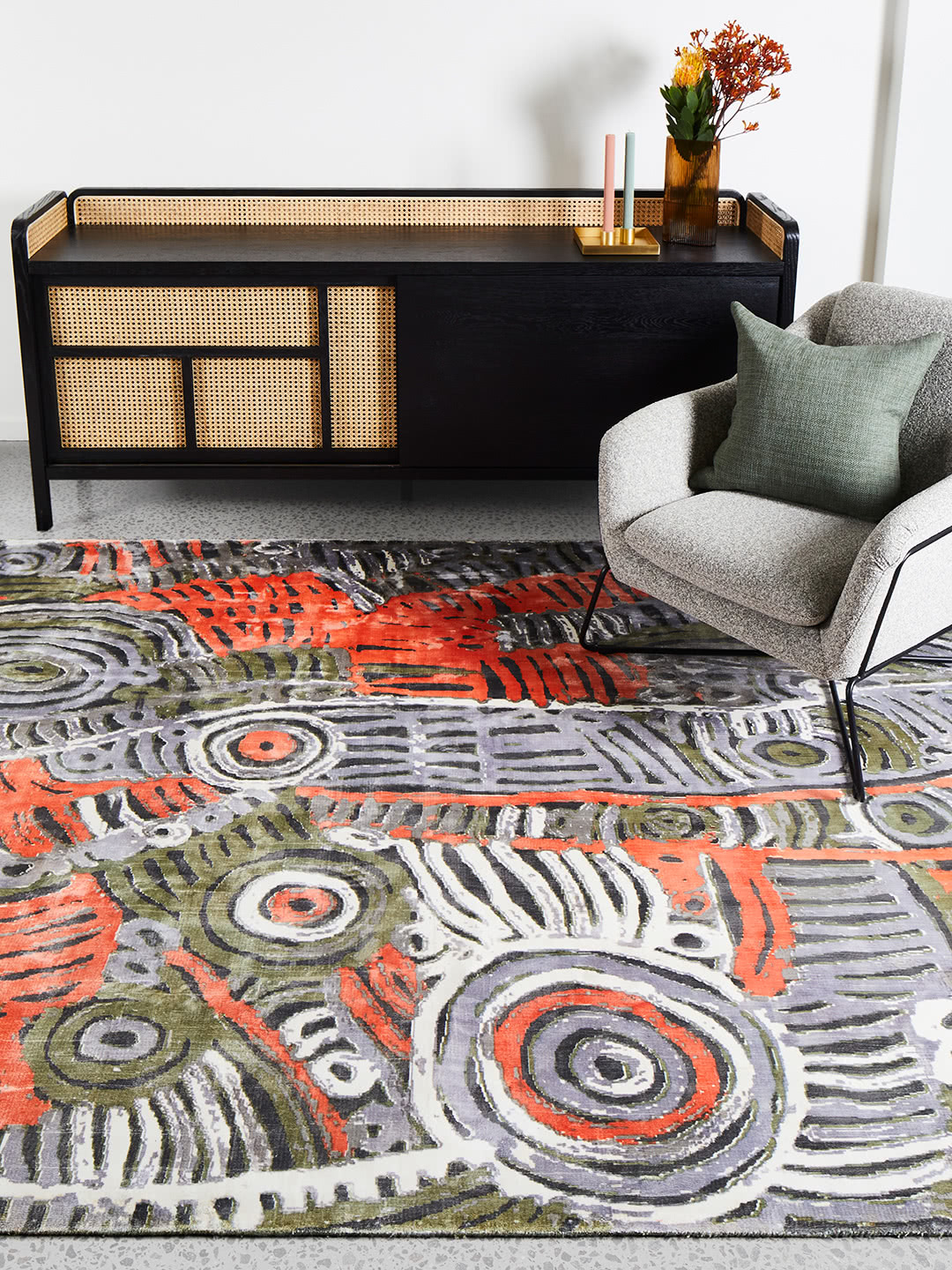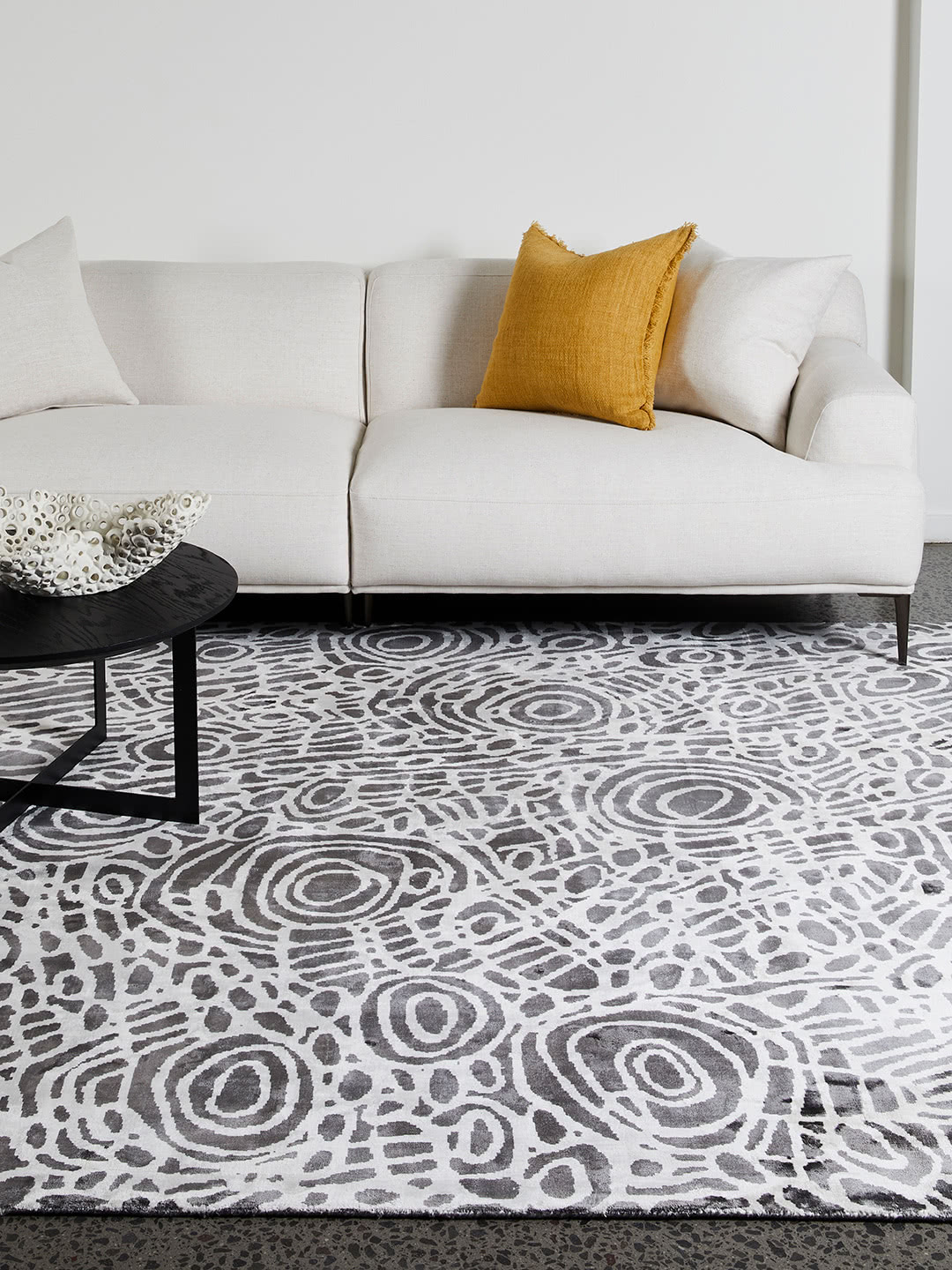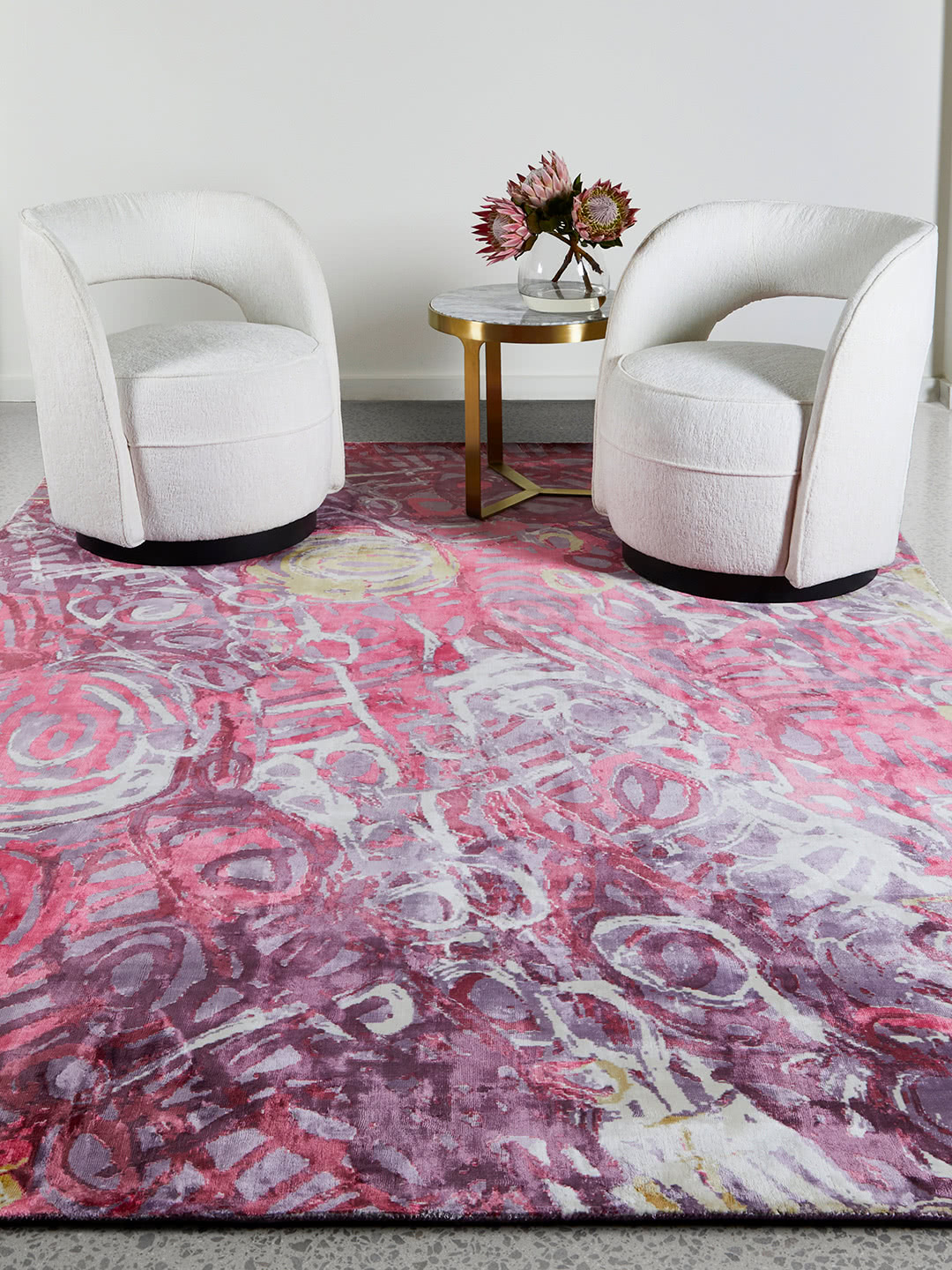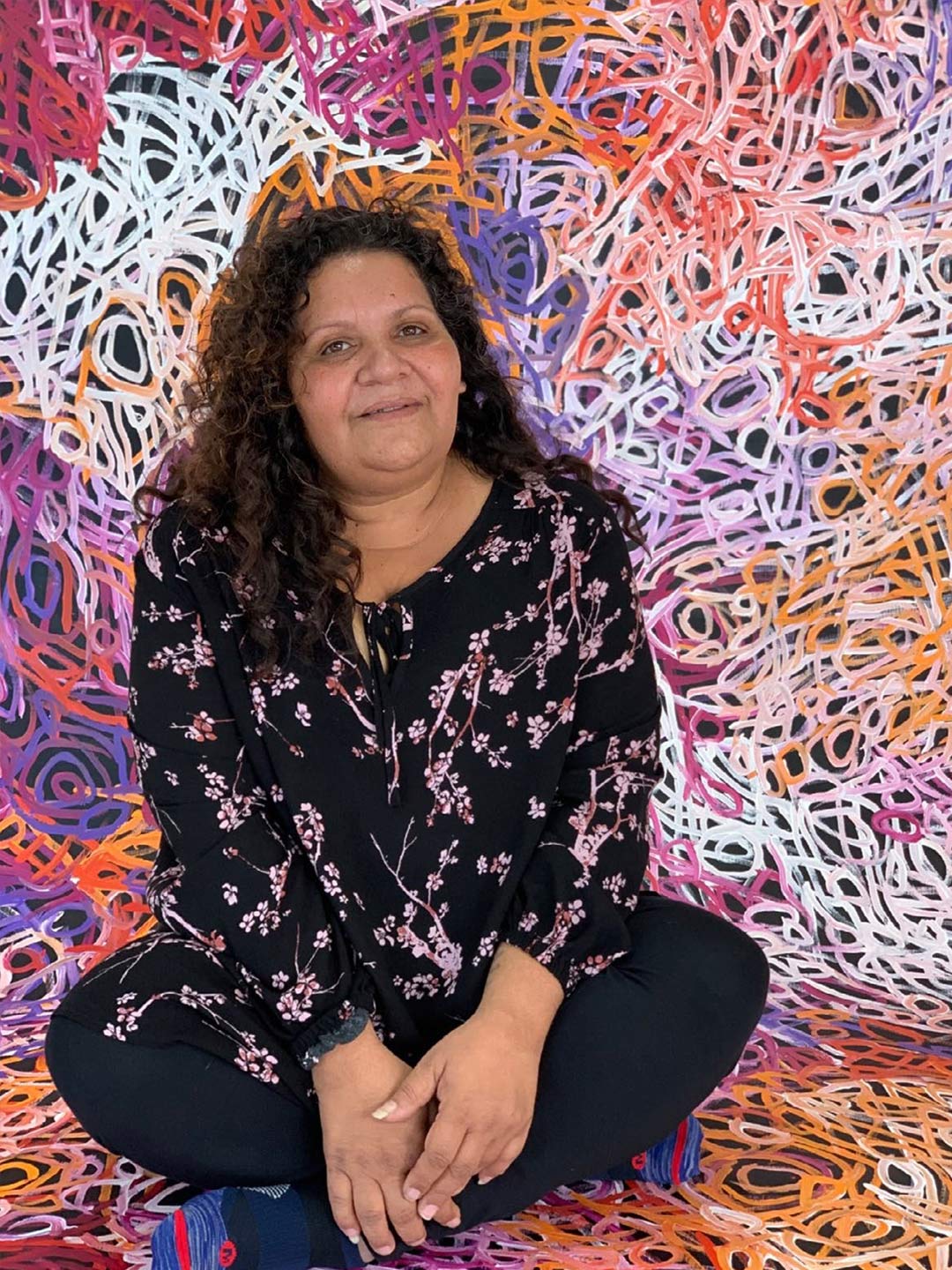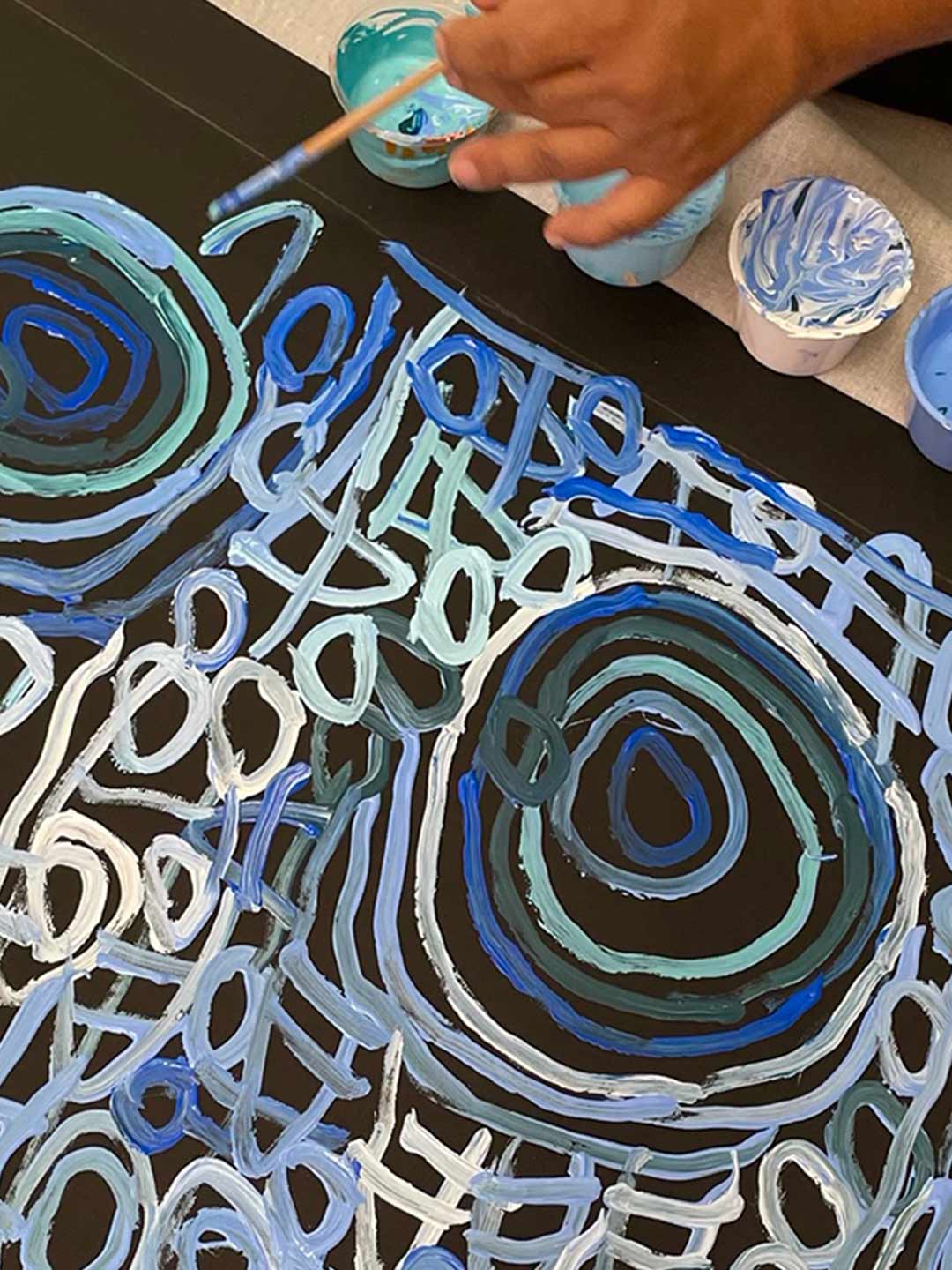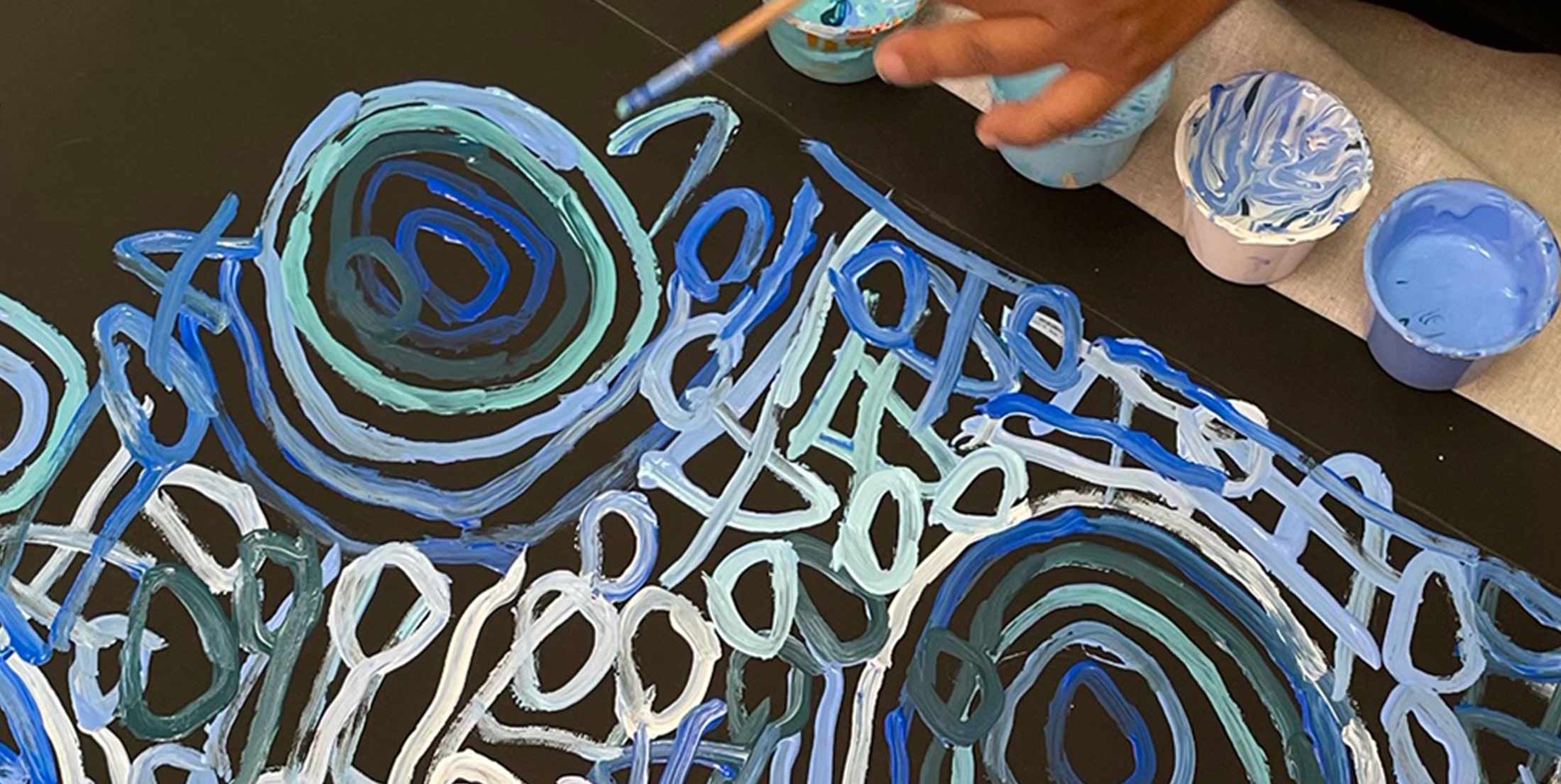
INDIGENOUS COLLECTION
THE RUG COLLECTION x PWERLE GALLERY
THE CREATION OF ATNWENGERRP BY CHARMAINE PWERLE

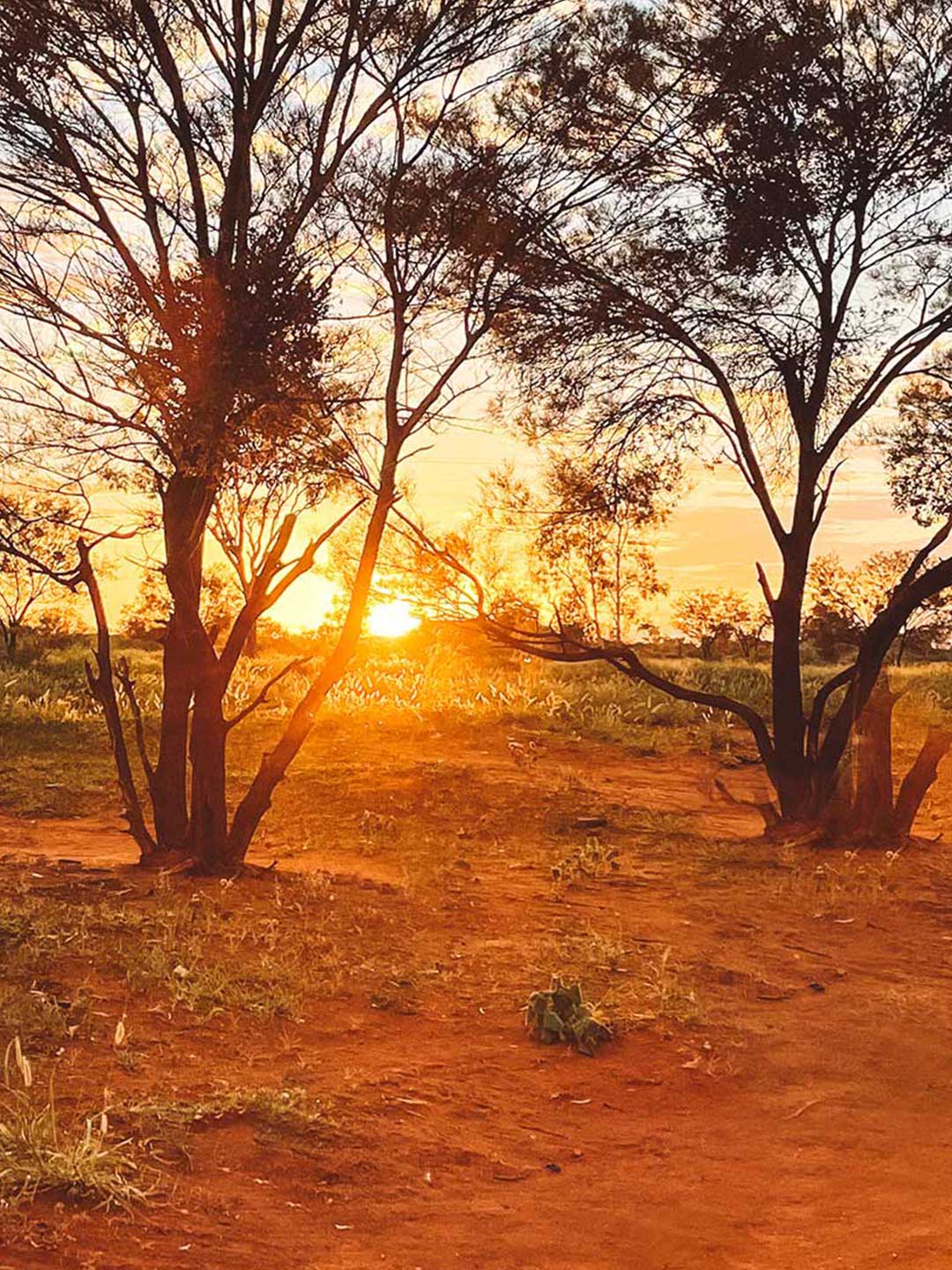
INDIGENOUS COLLECTION
THE RUG COLLECTION x PWERLE GALLERY
THE CREATION OF ATNWENGERRP BY CHARMAINE PWERLE
AWELYE ATNWENGERRP
the creation of Atnwengerrp by Charmaine Pwerle
An Indigenous rug collection that pays homage to Dreamings, Country and Ancestors.
The creations are very close to Charmaine’s heart, as each piece is named after her four daughters; Malangka, Kwerralya, Akarley and Anjurra.
Each name has been chosen and passed down to them from their ancestors, all of which, have a deep connection and meaning to the country.
SHOP COLLECTIONThe creations are very close to Charmaine’s heart, as each piece is named after her four daughters; Malangka, Kwerralya, Akarley and Anjurra.
Each name has been chosen and passed down to them from their ancestors, all of which, have a deep connection and meaning to the country.
ANJURRA
Means ’sacred grass’. Can also be used for food purposes.
The grass is important to the Aboriginal people because its seeds were ground up to make flour. The seeds fell to the ground and were difficult to see, so the Aboriginal people would seek the nesting site of a particular ant. This ant would eat a certain part of the seed, then discard the rest and the remains would be found in a pile outside their nest. The women would collect the seeds, then clean and grind them into flour and use it to make bread.
Due to the availability of ready-made bread today, this practice is no longer common. However, the Dreaming for the grass seed has been passed to Charmaine’s mother, Barbara Weir, from her ancestors and is important to her people.
VIEW ANJURRADue to the availability of ready-made bread today, this practice is no longer common. However, the Dreaming for the grass seed has been passed to Charmaine’s mother, Barbara Weir, from her ancestors and is important to her people.
AKARLEY
Means ‘bush orange’. It is bush food that is collected after the rain season.
The Bush Orange is a particular fruit that grows in Atnwengerrp. Once very abundant but now scarce due to over grazing, this species was a stable source of bush tucker for Aboriginals.
The fruit grows on a big tree and is larger than a passionfruit. It is green when unripe and turns yellow in maturity. It is soft inside and is often compared to the flavour of custard apple. The fruit is consumed raw with the tough outer skin discarded or laid out to dry, to be consumed during months when bush tucker is scarce.
The physical creation of this Dreaming is an important part of the bush tucker ceremonies conducted by the Women. Artworks such as ‘Bush Orange’ and ‘Women’s Ceremony’ ensures the continuation of an ancient and rich cultural heritage, while acknowledging the close bond still retained by Charmaine to her country.
KWERRALYA
Means ’star’. Created during our Dreamtime in our country.
The star that was created during the Dreamtime. This Dreamtime is very sacred to Atnwengerrp and has been passed down through many ancestral lines. It is not spoken of. Only expressed on canvas through the form of painting.
The ‘Star’ dreaming, is something Charmaine pays respect to in the traditional ceremony – in respect to her ancestors and our land.
VIEW KWERRALYAThe ‘Star’ dreaming, is something Charmaine pays respect to in the traditional ceremony – in respect to her ancestors and our land.
MALANGKA
Means ‘beautiful’. Celebrating all the natural colours that are found in our country.
The name Malangka represents ‘beautiful’, the beauty that the entire Atnwengerrp country and Aboriginal culture, has to offer. The bush tucker, the traditional cultural ceremonies and the natural colours of the land, which are all important elements to be celebrated and passed down to younger generations.
In Charmaine’s culture, ceremonies are focal points in the life of the community and held for different purposes. Each ceremony is integral to the continuation of Aboriginal culture and vital to the happiness and wellbeing of the people and the land.
VIEW MALANGKAIn Charmaine’s culture, ceremonies are focal points in the life of the community and held for different purposes. Each ceremony is integral to the continuation of Aboriginal culture and vital to the happiness and wellbeing of the people and the land.
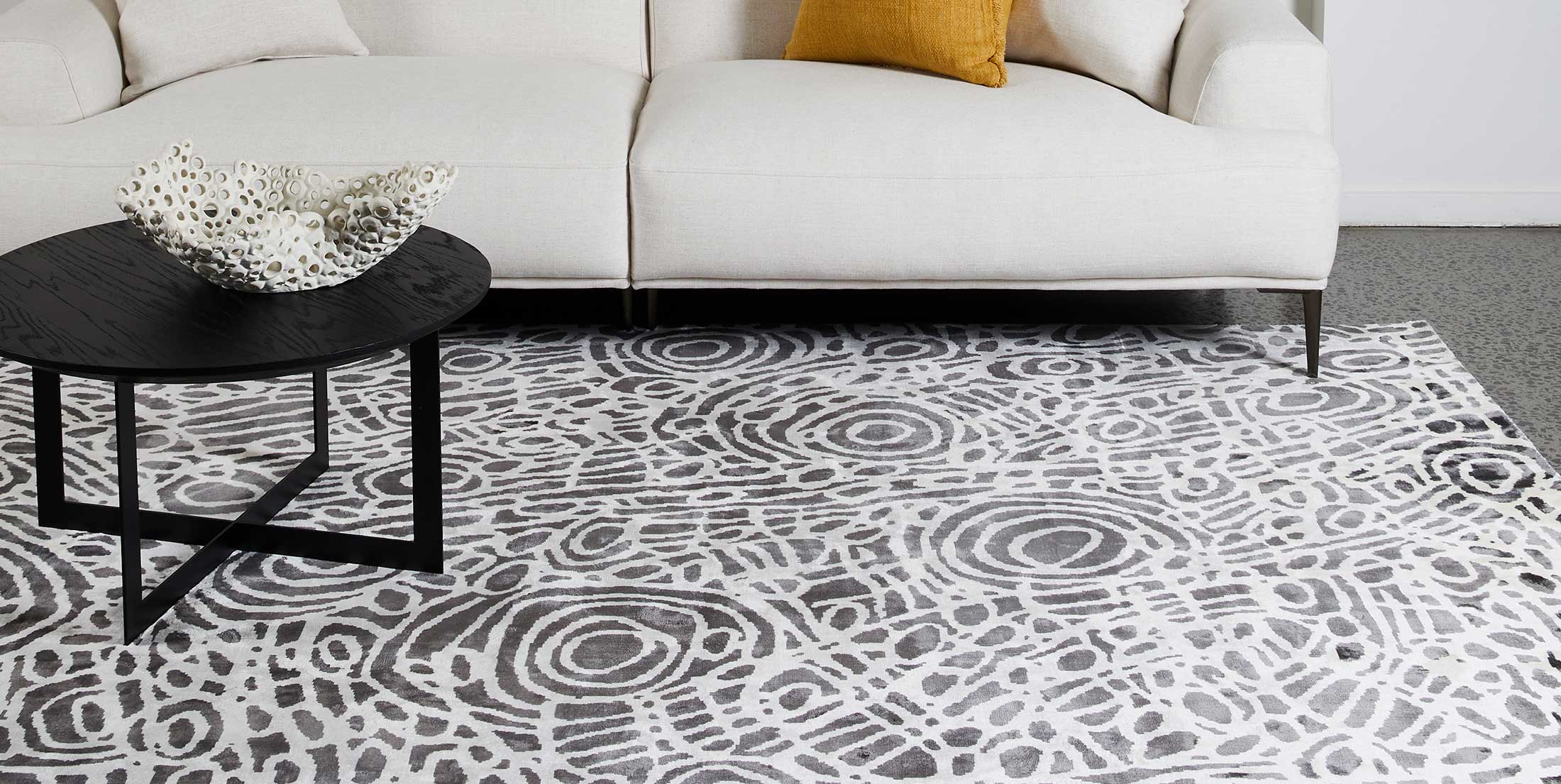
CHARMAINE PWERLE
BIOGRAPHY
Pwerle approaches the canvas with much more than the usual degree of confidence. Her lines are bold and sure, echoing those of her grandmother Minnie Pwerle, but with the assurance of a much more practised artist than her years of experience would suggest. The brushwork in her designs, Awelye, has all the characteristics of this family dreaming, but Charmaine lends her own distinct creative flair, pattern and movement to the canvas.
Charmaine is definitely a family person and lives in Alice Springs with her four daughters, son and large family. Her education has been varied, to say the least. Straddling the worlds of the remote outpost of Utopia (280 km North East of Alice Springs) until the age of seven, then immediately following this, the urban environment of Adelaide where she was sent to ‘improve her education.‘
At the age of ten, Charmaine returned to Utopia School for a further year, before attending St. Phillips College in Alice Springs. Next on the agenda was Alice Springs High School and then she returned to Utopia for a few years before moving back to Adelaide to study.
Charmaine is definitely a family person and lives in Alice Springs with her four daughters, son and large family. Her education has been varied, to say the least. Straddling the worlds of the remote outpost of Utopia (280 km North East of Alice Springs) until the age of seven, then immediately following this, the urban environment of Adelaide where she was sent to ‘improve her education.‘
At the age of ten, Charmaine returned to Utopia School for a further year, before attending St. Phillips College in Alice Springs. Next on the agenda was Alice Springs High School and then she returned to Utopia for a few years before moving back to Adelaide to study.
Continue reading
In 1992, Charmaine returned to Utopia and worked for Urapuntja Council as a junior administration assistant while living with her mother Barbara Weir and grandparents Minnie Pwerle and Motorcar Jim at Soakage Bore, on an outstation on what used to be Utopia Station. During the years she spent at Utopia, Charmaine’s education extended to embrace her people’s culture, performing in ceremonies and learning the sacred stories passed on to her by her grandmothers. Charmaine’s early works were impressively executed and rich with culture and expression. In the years that have followed, she has developed her obvious talent and appears to be following in her mother’s footsteps, as one of the most sought after artists living and working today. Her exhibition history both nationally and internationally is growing exponentially, and her work is starting to be acquired by major institutions such as the NGV.
Charmaine Pwerle’s artwork ‘Awelye Atnwengerrp’ represents when the Women paint each other’s breasts and upper bodies with ochre markings, before dancing in a ceremony. The body designs are important and, painted on the chest and shoulders, and relate to each particular woman’s dreaming. The ochre pigment is ground into powder form and mixed with charcoal and ash, before being applied with a flat padded stick or with fingertips in raw linear and curving patterns. The circles in these designs represent the sites and movement where the ceremonies take place.
The lines in the painting depict the tracks that her people made as they trekked across the country in search of food and dry river beds. The large semi-circular shapes represent the sandhills and valleys. The dark colour represents the path of a fire that has swept across the land. There may also be an outline of a person or unusual shapes that convey Dreaming spirits that dwell in the plant and animal life.
Charmaine Pwerle is certainly an established artist, with her works being sourced for prominent collections worldwide.
Charmaine Pwerle’s artwork ‘Awelye Atnwengerrp’ represents when the Women paint each other’s breasts and upper bodies with ochre markings, before dancing in a ceremony. The body designs are important and, painted on the chest and shoulders, and relate to each particular woman’s dreaming. The ochre pigment is ground into powder form and mixed with charcoal and ash, before being applied with a flat padded stick or with fingertips in raw linear and curving patterns. The circles in these designs represent the sites and movement where the ceremonies take place.
The lines in the painting depict the tracks that her people made as they trekked across the country in search of food and dry river beds. The large semi-circular shapes represent the sandhills and valleys. The dark colour represents the path of a fire that has swept across the land. There may also be an outline of a person or unusual shapes that convey Dreaming spirits that dwell in the plant and animal life.
Charmaine Pwerle is certainly an established artist, with her works being sourced for prominent collections worldwide.
THE RUG COLLECTION
Artist collaborations are important partnerships that enrich The Rug Collection and we are privileged to have worked together with Charmaine and Pwerle Gallery, in bringing to life AWELYE ATNWENGERRP - the creation of Atnwengerrp.
A unique and emotive collection of four distinct artworks, handmade into a luxury and luminous rug collection.
Awelye Atnwengerrp was created to lay meaningful art and comfort into homes across the land.
VIEW AWELYE ATNWENGERRPA unique and emotive collection of four distinct artworks, handmade into a luxury and luminous rug collection.
Awelye Atnwengerrp was created to lay meaningful art and comfort into homes across the land.
PWERLE GALLERY
An Aboriginal family-owned company founded by Jade Torres, the daughter of renowned international art dealer Fred Torres and the Great Granddaughter of Minnie Pwerle and Granddaughter of Barbara Weir.
Pwerle Gallery is proud to represent its cultural heritage and has become firmly entrenched in the contemporary Aboriginal Art industry and is now recognised as a leading supplier of quality Utopian artwork, both nationally and internationally.
VISIT PWERLE GALLERY WEBSITEPwerle Gallery is proud to represent its cultural heritage and has become firmly entrenched in the contemporary Aboriginal Art industry and is now recognised as a leading supplier of quality Utopian artwork, both nationally and internationally.
